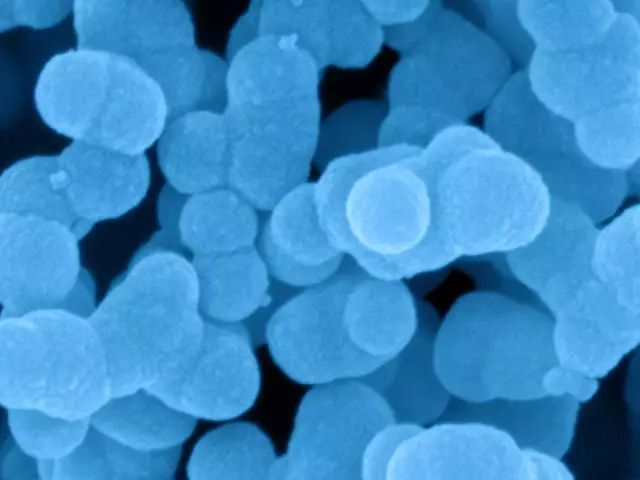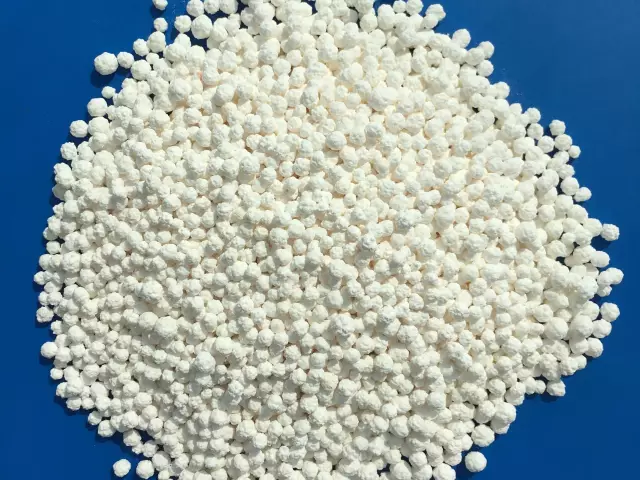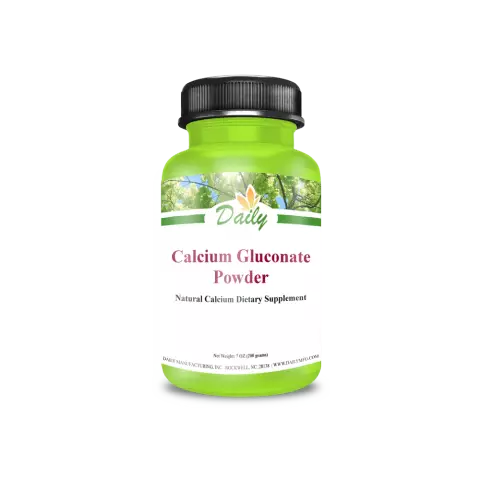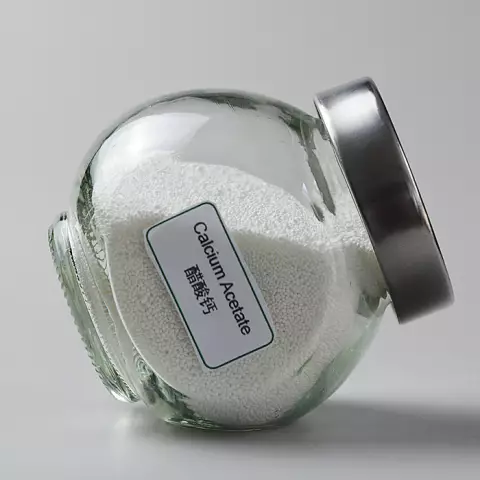- Author Rachel Wainwright [email protected].
- Public 2023-12-15 07:39.
- Last modified 2025-11-02 20:14.
Calcium silicate

Calcium silicate is a compound of an inorganic type, composed of calcium salt and metasilicic acid. This silicate is in the form of transparent, small crystals.
Getting calcium silicate and its properties
Calcium silicate is an acid salt compound that interacts with metasilicic acid.
Currently, there are several main types of calcium silicate, which depend on the composition of the chemical compound. These include:
- orthosilicate, which forms strong chemical compounds;
- pyrosilicate;
- borosilicate, which is a cutting material;
- metasilicate (wollastonite, which is an alkali-type feldspar.
By its structure, calcium silicate is a powdery white compound that is tasteless and odorless. This silicate is of natural origin and is a strong water adsorbent. Calcium silicate is mined from the earth's crust and obtained from various types of natural minerals, including feldspars, mica, and clay-type minerals. Wollastonite is a pure calcium silicate mineral without impurities.
Application of calcium silicate
In the food industry, calcium silicate is labeled as an emulsifier E 552 and is designed to prevent rolling and clumping of food products. Often this emulsifier is added to spices and spices, bulk and powdery products that are packed in foil. Also, the food additive E 552 is found in cheeses and cheese products, semi-finished products, canned food, confectionery, sugar products.
Food supplement E 552 is used in the manufacture of dietary supplements, medicinal and vitamin preparations.
In bakery, this silicate is used to improve the taste, shape and structure of baked goods. As an additional compound, calcium silicate is a part of food salt, milk powder and yeast.
In medicine and cosmetology, this silicate is used as a component of powders, medicines, ointments and powders.

If this silicate is of synthetic origin, then it is added to ceramic products, concrete, cement, glass, enamel, slag, glaze and special binders.
For industrial purposes, calcium silicate is used as a solid material and catalyst in the manufacture of paints and varnishes, lubricants, rubber and paper products.
Contraindications and restrictions on use
Calcium silicate is approved for use as a food additive in many countries around the world. But experts recommend using this silicate in a strictly limited amount and in accordance with European sanitary and epidemiological standards.
In Russia, this emulsifier is prohibited for use due to the high risk of side effects and negative effects on the human body.
Found a mistake in the text? Select it and press Ctrl + Enter.






